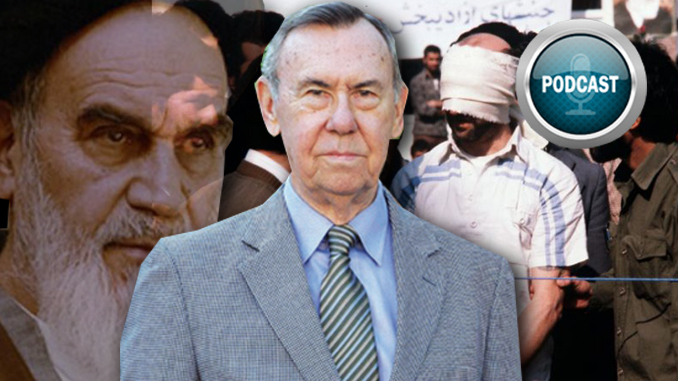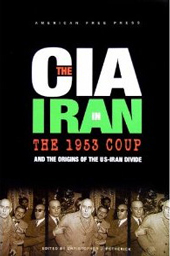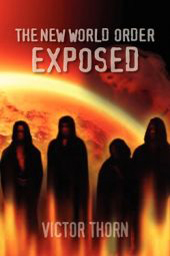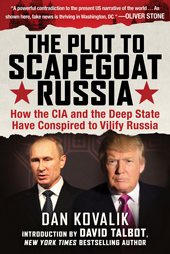
Former presidential aide Gary Sick says America’s Iran policy is fatally flawed. He should know, having served as President Jimmy Carter’s aide on Persian Gulf affairs, including during the hostage crisis.
By Dave Gahary
Gary Sick, President Jimmy Carter’s principal White House aide for Persian Gulf affairs and National Security Council (NSC) advisor on Iran during the Iranian Revolution and hostage crisis, sat down with this reporter to discuss those events, their impact on today’s relations with the Islamic Republic, and current U.S. policy on Iran.
Sick, who in 1985 wrote All Fall Down: America’s Tragic Encounter With Iran—from a policy standpoint—to document his experiences during that time, was a U.S. naval officer for 24 years, the last six of which were spent at the NSC.

Sick was asked how the situation went from one in which the two countries were so closely aligned to the United States becoming the Great Satan in such a short amount of time.
“After 1953, when the United States conspired together with the British to put the Shah back on the throne,” that was the genesis of our current troubles with Iran, Sick explained.
Contributing to the rapid switch from ally to Great Satan, and the easy overthrow of 2,500 years of Persian monarchy, was the direct relationship the U.S. had with the last Shah of Iran, Mohammad Reza Pahlavi.
“The United States was dealing with the Shah directly as the representative of Iran, not with the government, with really the country of Iran,” explained Sick. “It was with that one man.”

The revolution began in January 1978, and it was over when the Shah fled the country in January 1979.
“So, in a 12-month period,” explained Sick, “we went from having a relationship with an individual to having no individual there to have a relationship with, and a very hostile government that replaced the Shah, which saw the United States as very much part of what they were opposing.”
Another factor that led to the ascendency of the caliphate—besides the utter failure of U.S. intelligence to foresee the power of religion—was the Shah’s machinations with Iran’s military.
“The Shah . . . very carefully made sure that his military forces were at odds with each other,” explained Sick. “So he appointed the heads of the different services to people who hated each other and who absolutely would not work together. After he left the country, the only institution that was left that might in fact have maintained the monarchy and the relationship with the United States was the military.”
Because of how the Shah had manipulated the military, it made it almost impossible for the different branches to work together after he fled.
“And so the military collapsed,” explained Sick, “and when the military collapsed, the Khomeini people and the revolution took over.”
The hostage crisis, although “an outgrowth of the revolution,” was a unique event.
“The United States discovered that the Shah of Iran was deathly ill . . . and there was tremendous pressure brought on Jimmy Carter to bring him to the United States for medical attention,” explained Sick.
The pressure, as revealed in All Fall Down, was applied by characters well known to readers of this newspaper, who were asked to help secure the safety of the American hostages by convincing the Shah to postpone his travel to the United States.

David Rockefeller, chairman of Chase Manhattan Bank, and former Secretary of State Henry Kissinger—both intimates of the Shah—refused to cooperate, since the Shah had been a close friend of the United States. “[T]o refuse him admittance—even at the admitted risk of U.S. lives—would be a national disgrace,” was Rockefeller’s and Kissinger’s stance, states the book.
Of course, Rockefeller’s concern wasn’t just for the Shah, as Sick explained to this reporter.
“For years the Shah had been placing most of his assets . . . in Chase Manhattan Bank with David Rockefeller,” he said, “so a tremendous amount of Iranian wealth was in U.S. banks.”
It wasn’t just Rockefeller’s Chase Manhattan.
“The Shah had been taking out loans over many years,” Sick explained, “and those loans were syndicated, so different banks all over the world had a certain responsibility or a certain exposure to those loans.”
Ultimately, Carter caved to the big banks and let the Shah in.
“That very fateful decision that was made by Carter, against his better judgment, turned out to be the turning point,” explained Sick.
The seizure of the U.S. embassy was next, but it unfolded in a way no one could predict.
“The students who decided to take the embassy,” explained Sick, “did that with the understanding—they thought—that they were there for a sit-in: They would make a political point, saying that the Shah should be returned to Iran for trial . . . and then they thought the government would intervene and say, ‘All right, you’ve made your point, now it’s time to go home.’ And instead the government joined them in their opposition, and that turned it into an international crisis that actually ran for 444 days.”
Very few realize the Iranian Revolution almost failed to take hold, as most Iranians didn’t want to stray too far from the monarchy, many of whom “had marched in the streets for greater freedom, greater human rights, greater human rights for women,” and were not “all that enthusiastic about the fact that they were going to have a theocratic state ruled by the clergy,” he said.
“Khomeini was worried that his revolution was going to go off the rails,” added Sick. “And as he saw that faltering, the hostage crisis came along just at the moment when he could create a crisis with the United States, which—wrapping all of the Iranian people around him—it put aside all of these questions of the theocratic regime. And by the time the hostage crisis was solved, he was firmly in power.”
One area where Sick gets it wrong in his book is his prediction for a quick collapse of the theocracy, where he writes that the “Iranian revolution was very likely to experience a major crisis of legitimacy at some point in its future and that crisis was likely to occur when the system could no longer depend on the charisma and authority of Khomeini.”

The Supreme Leader of Iran, Ayatollah Ruhollah Khomeini, died in 1989, but the regime is still going strong.
“The regime is remarkably resilient,” he said. “It has stood up against tremendous pressure. It has fought a war against a really difficult opponent, the Iraqis, who in fact had help from the United States and others. Iran has been isolated for years, and despite all of that, they have survived. So, I no longer make predictions about the fact that Iran is going to fall. I think that is a fool’s errand.”
Sick warned about the U.S. pushing for regime change in Iran.
“The operation of outside forces tends to bring Iranians together and delegitimizes any efforts for change,” he explained. “So, by pushing Iran extremely hard, instead of getting Iran to fall, the tendency is we actually strengthen it.”
He continued: “The lesson, which unfortunately I think the present government in the United States really has not learned, and which I think the Obama administration—for all of the faults and problems that it had—it did understand, that basically by bringing Iran into a closer association with the rest of the world, it delegitimized the regime and brought closer the day in which that regime would go. I think we’re actually, at this point, strengthening the regime instead of harming it.”
Dave Gahary, a former submariner in the U.S. Navy, prevailed in a suit brought by the New York Stock Exchange in an attempt to silence him. Dave is the producer of an upcoming full-length feature film about the attack on the USS Liberty. See erasingtheliberty.com for more information and to get the new book on which the movie will be based, Erasing the Liberty.



